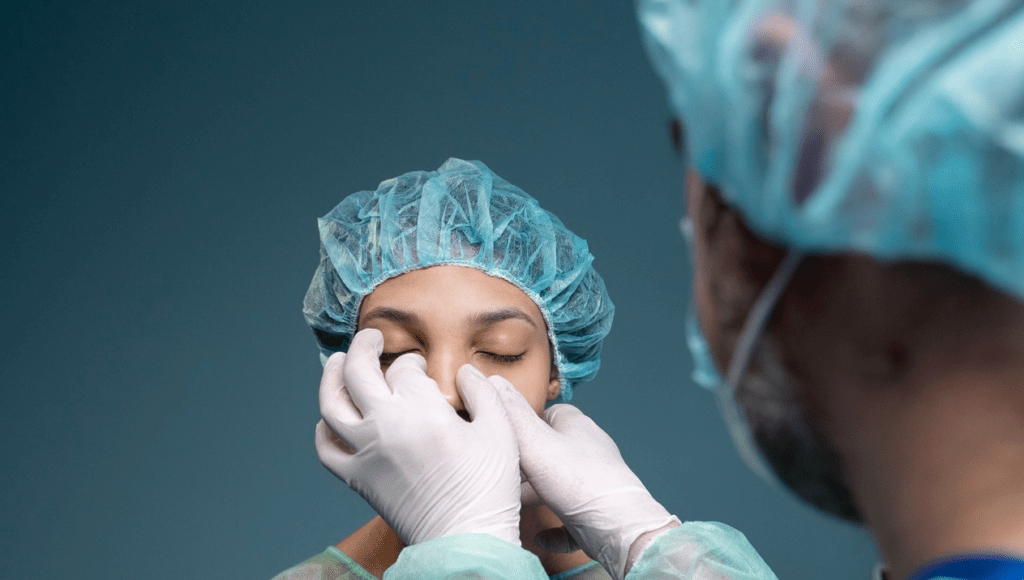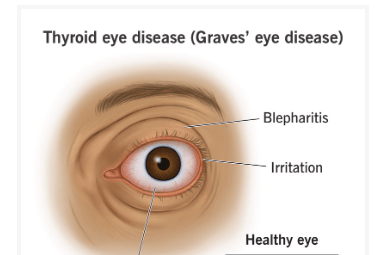Patients who undergo cataract surgery, a common but precise procedure, frequently question what exactly constitutes a successful recovery. Although the actual procedure is incredibly fast—often finished in less than 20 minutes—the healing process takes weeks to complete and necessitates careful attention to detail and constant follow-through. For the majority, the change from blurry vision to sharp vision is truly amazing. But the road to complete visual acuity is paved with caution, endurance, and a daily dedication to taking care of oneself.
Many patients experience mild discomfort, light sensitivity, and a grainy feeling in their eyes during the first 72 hours. Even though these symptoms are common, they can be unsettling, especially for people who are hoping for a quick recovery. It is crucial to keep in mind that these side effects are a normal part of the healing process and do not indicate surgical failure. By the end of the first week, most people report a noticeably higher degree of comfort and clarity thanks to the use of medicated eye drops, avoiding heavy lifting, and shielding the eye from direct water exposure.
Recovery Timeline After Cataract Surgery
| Phase | Timeframe | Key Observations and Guidelines |
|---|---|---|
| Immediate Post-Op | 0–3 Days | Vision may be blurry; mild pain, redness, and light sensitivity are typical |
| Early Healing | Days 4–7 | Vision begins to stabilize; avoid bending, swimming, or applying eye pressure |
| Functional Recovery | Days 8–14 | Light exercise can resume; use sunglasses outdoors; night shield remains helpful |
| Structural Healing | 2–4 Weeks | Eye should be structurally healed; discuss new prescription lenses with doctor |
| Final Stabilization | 1–3 Months | Vision reaches final clarity; ensure follow-up appointments are completed |
| Long-Term Consideration | Beyond 3 Months | Wear UV protection as needed; notify doctor of flashes, floaters, or pain |
Source: Cleveland Clinic – Cataract Surgery Recovery
Patients frequently start reading, watching TV, and doing low-impact activities again by the end of the first week. But prudence is still essential. Routine activities like applying makeup, rubbing your eye, or going outside without sunglasses can greatly raise your risk of infection or irritation. Cataract recovery is a prime example of the forward-thinking approach that has been emphasized in patient-centered ophthalmology over the last ten years.
The majority of ophthalmologists now evaluate intraocular pressure and lens positioning within a week of surgery through strategic follow-up. This is especially crucial when using multifocal or toric lenses because the best results from these designs depend on exact alignment. Surgeons can use this data to tailor recommendations, changing drops or recommending additional imaging to identify early issues before they worsen.
Notably, improved long-term results have been statistically associated with patient compliance during recovery. Patients who follow post-operative care instructions closely are much less likely to experience posterior capsular opacification, a secondary problem that might otherwise necessitate laser treatment, according to research from the American Academy of Ophthalmology. Because of this, the straightforward practice of using eye drops every day is incredibly effective at averting further issues.
The psychological aspect of recovery is further highlighted by patient anecdotal accounts. Barbara Walters, who passed away, once called her experience with cataract surgery “transformative,” attributing her increased appreciation for color, light, and texture to the clarity she gained after the procedure. From reading morning papers to identifying a grandchild’s face without glasses, this sensory revival gives many people a newfound sense of delight in ordinary experiences.
Same-day bilateral procedures have become more common in some clinical settings in recent years due to the need for quick recovery. Certain facilities have pioneered simultaneous surgeries in highly screened candidates, though they are usually spaced out by a week to ensure safety. Although this method is still in its infancy, its rise reflects the changing demands of contemporary patients who place equal weight on comfort and efficiency.
Some rehabilitation programs have become especially creative by incorporating automated eye drop tracking and digital reminders. Patients can now use apps to monitor when to take their medications and notify their healthcare team in real time of any side effects. This degree of responsiveness is very effective and helps to cut down on needless clinic visits, especially for older patients who are taking several prescriptions.
Post-cataract healing necessitates an even closer watch for those who are managing systemic conditions like diabetes or hypertension. Uncontrolled blood pressure or fluctuating blood sugar can hinder the eye’s healing process and occasionally lengthen recovery times. However, results can still be very clear when primary care physicians and ophthalmologists work together to coordinate care.
In terms of public health, the availability of cataract surgery has made it possible for older people to maintain their independence for longer. According to studies, patients who have had surgery report much better mental health because they have regained their autonomy, are less likely to fall, and drive more confidently at night. It’s a subdued yet impactful illustration of how focused medical treatments can improve quality of life.
The symbolism of restored sight is emotionally charged and found in many cultures. Patients’ joy at regaining their vision is remarkably similar whether they are in upscale surgical centers in Europe or rural clinics throughout Asia. It’s about recovering a vital aspect of life that was progressively vanishing, not just about seeing again.
Results have also significantly improved since the introduction of AI-assisted lens measurement technologies. Lens selection is customized to each patient’s distinct visual profile thanks to precise eye mapping. This speeds up visual adaptation and lowers the likelihood of requiring corrective glasses after surgery.
Although having eye surgery may seem frightening at first, the recovery story gives hope. Most people find that the process of going from initial blur to ultimate brilliance happens in a predictable way, one cautiously guarded step at a time. Patients receive something far more significant than clear vision through deliberate rest, thorough monitoring, and a readiness to take time to recover: a fresh perspective on their everyday lives.







